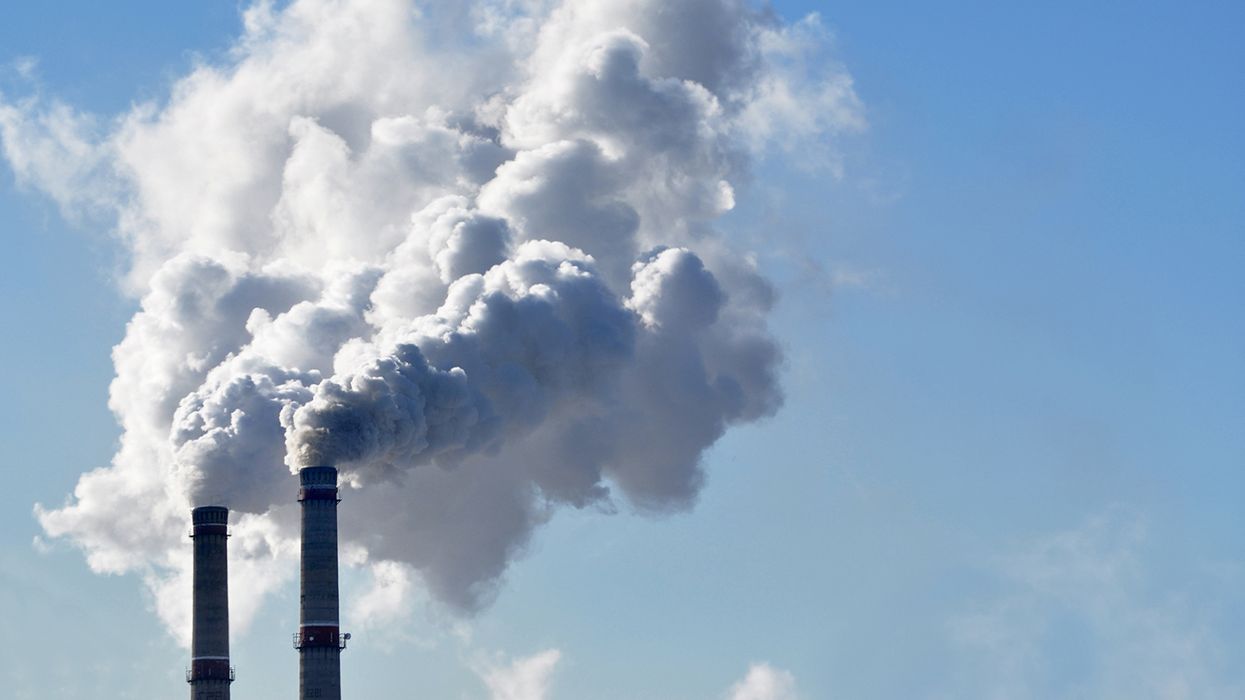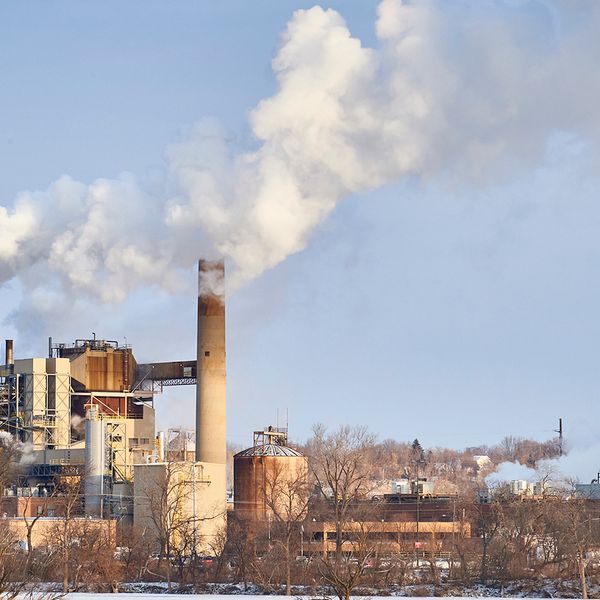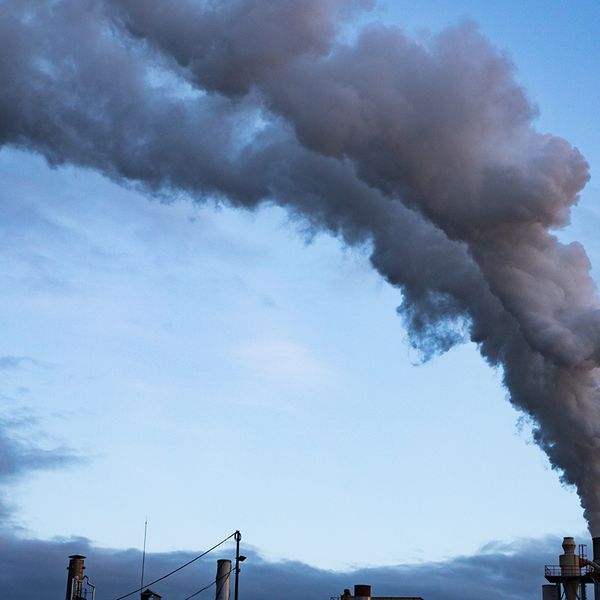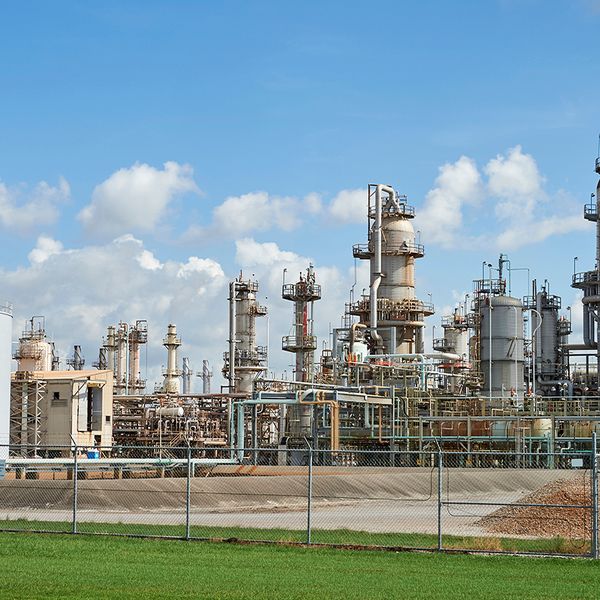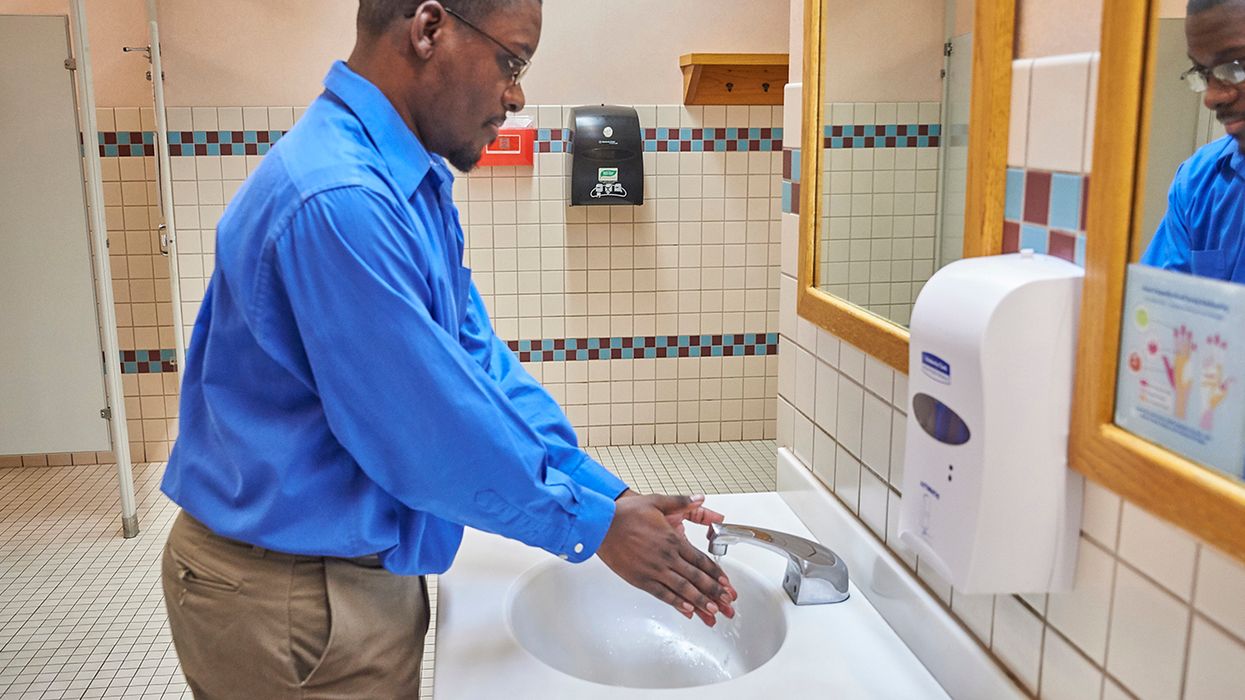EPA airs interim Good Neighbor Plan rules for power plants and industrial facilities
Future emission requirements for certain power plants and other industrial sources across 23 states remain up in the air. The Environmental Protection Agency (EPA) published the Third Final Interim Rule for its Good Neighbor Plan (GNP) in October 2024, officially pausing the federal emissions-control program in all affected states as legal battles continue.
So, the GNP requirements are paused, but what does that mean for the facilities covered by the rule?
What’s the GNP rule? Who does it impact?
The GNP is a federal program for 23 states that requires fossil fuel-fired power plants and other industrial facilities (such as manufacturers and solid waste incinerators) to lower emissions of ozone-forming nitrogen oxides (NOx) that hinder downwind states’ ability to achieve and maintain the 2015 Ozone National Ambient Air Quality Standards (NAAQS).
Interim GNP rules set
EPA issued the First and Second Interim Final Rules in 2023 in response to a judicial order to partially stay the agency’s disapproval of State Implementation Plans (SIPs) for implementing the NAAQS. The rules temporarily stopped enforcement of the GNP in 12 states.
In July 2024, the U.S. Supreme Court issued an order of stay for three other states challenging the GNP rule in a separate case. EPA responded to the Supreme Court with the Third Interim Final Rule. Although the Supreme Court’s order addresses only the states involved in the case, the rule pauses the GNP’s requirements for the emissions sources in all remaining 11 states.
Interim rule requirements
Until the GNP rule is settled, power plants and industrial facilities must meet the less stringent 2008 Ozone NAAQS. Two rules address interstate emissions for this standard:
- The 2016 Cross-State Air Pollution Rule Update for the 2008 Ozone NAAQS (CSAPR), and
- The 2021 Revised CSAPR.
Power plants
For the interim, power plants in states with previous interstate air pollution requirements for the 2008 Ozone NAAQS are subject to equivalent requirements established by the CSAPR and Revised CSAPR rules:
- Power plants covered by the CSAPR’s NOx Ozone Season “Group 2” Trading Program before the GNP remain subject to the state emissions budgets and unit-level allowances set in the CSAPR. These include power plants in Alabama, Arkansas, Mississippi, Missouri, Oklahoma, and Texas. Further, power plants in Wisconsin transfer back to the Group 2 trading program.
- Power plants covered by the Revised CSAPR’s NOx Ozone Season “Group 3” Trading Program before the GNP transfer back to the Group 2 trading program. However, the emissions budgets and unit-level allowances set in the Revised CSAPR’s Group 3 trading program apply. These affect power plants in Kentucky, Louisiana, and West Virginia.
- Other power plants covered by the Revised CSAPR’s NOx Ozone Season “Group 3” Trading Program before the GNP transfer to the Group 2 trading program. But, the emissions budgets and unit-level allowances set in the Revised CSAPR’s Group 3 trading program apply.
The interim rules also make allowances interchangeable for power plants in some states for Group 2 trading program compliance, including Illinois, Indiana, Kentucky, Louisiana, Maryland, Michigan, New Jersey, New York, Ohio, Pennsylvania, Virginia, and West Virginia.
Power plants in Alabama, Arkansas, Mississippi, Missouri, Oklahoma, and Texas retain their banked Group 2 allowances. Also, Kentucky, Louisiana, and West Virginia may convert banked 2021–22 Group 3 allowances to Group 2 allowances.
Power plants in Illinois, Indiana, Maryland, Michigan, New Jersey, New York, Ohio, Pennsylvania, Virginia, and Wisconsin may convert their 2021–23 Group 3 allowances to Group 2 allowances. However, EPA will recall the 2024 Group 3 allowances issued before the stay order.
Power plants in Minnesota, Nevada, and Utah weren’t covered by previous ozone NAAQS requirements, so they maintain the status quo. Additionally, California power plants aren’t subject to GNP requirements.
Industrial sources
Most of the GNP’s requirements for industrial facilities don’t begin until the start of the 2026 ozone season (May 1, 2026). EPA won’t enforce the deadlines that occur before then for procedural requirements, such as submitting optional case-by-case emissions limit requests.
What’s the future of the GNP?
For now, the future of the GNP remains unclear due to ongoing litigation. EPA’s administrative stay remains in effect until:
- The U.S. Supreme Court lifts its stay order,
- Other courts lift judicial stay orders for SIP disapprovals, and
- EPA establishes rulemaking aligned with any judicial rulings on the merits of the GNP.
Plus, if a state’s judicial stay order due to SIP disapproval is lifted, the agency won’t remove the stay for the state’s emissions sources until the Supreme Court lifts its stay order.
Key to remember: EPA’s final interim rules establish temporary compliance requirements for power plants and other industrial sources while the Good Neighbor Plan remains paused.

